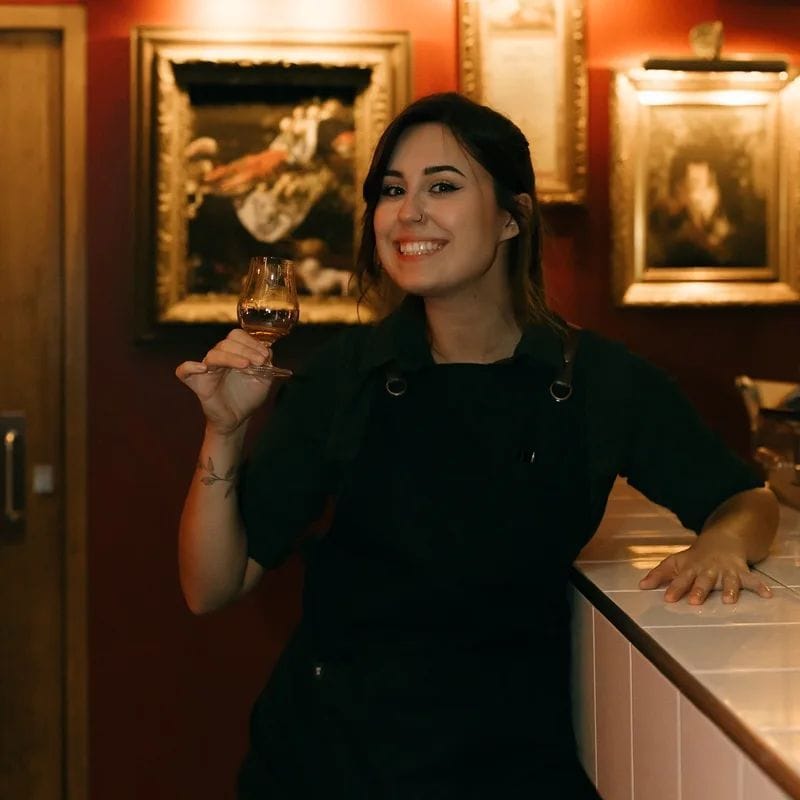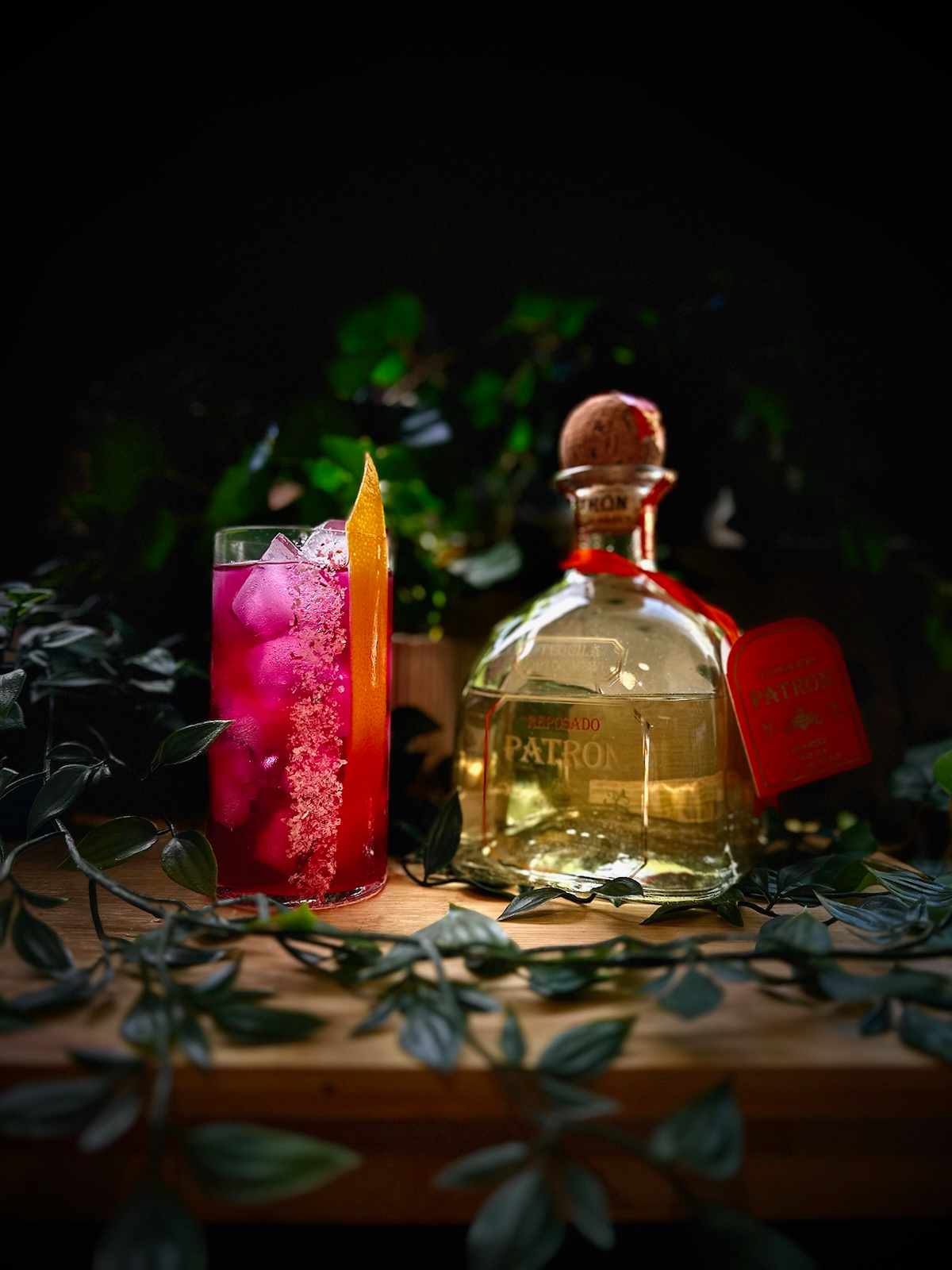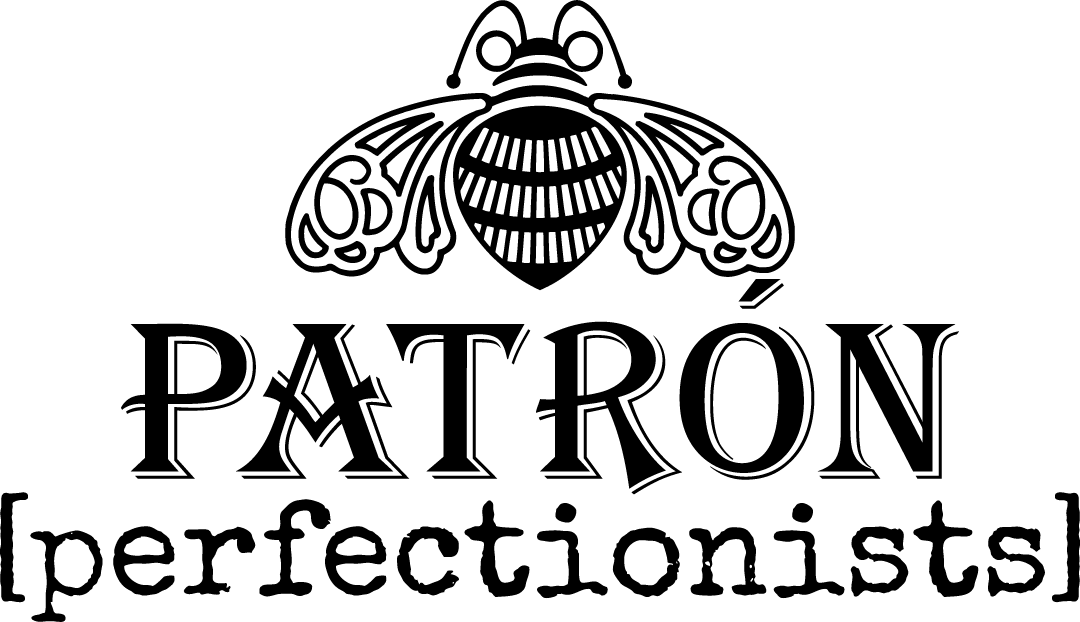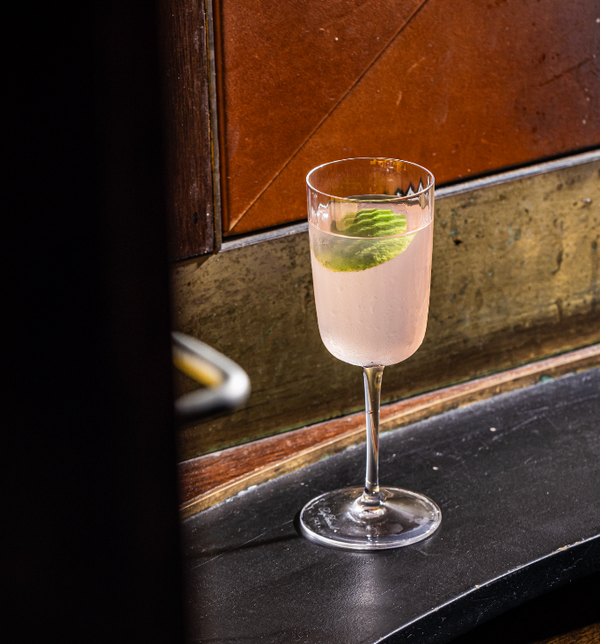Get the recipe for Leah Dunnigan’s Paloma riff, inspired by Scotland
The Bar Planet bartender brings beetroot and carrots to the party.

The Paloma is a drink that’s all about refreshment, but when you look a little closer, you’ll see there’s a lot more going on. There’s some agave earthiness from tequila, sweetness and bitterness from the grapefruit.
It’s those qualities that Leah Dunnigan has sought amplify with her take on the Paloma using ingredients familiar to her from her Scottish hometown, Inverness.
Below, lightly edited and condensed for clarity, Leah tells us just how she’s been able to use beetroot and carrots in ways that ultimately pay tribute to what makes the Paloma great.
Sam Bygrave: Bar Planet, that’s a new thing for you too, right? You’ve just started?
Leah Dinnigan: Yep, fresh this week. First week of November, just straight into it.
Just in time for the silly season, I love that. Okay, tell us about your drink? What’s the big idea behind it?
The name of my drink is called Scotland’s Yard. Obviously this challenge was a Paloma influenced by our favourite city. And I grew up in a city — very loose term city — called Inverness, where the lifestyle is very farm to table, like a lot of what we eat is what we grow in our yards, which is where I got the name from. And I wanted to sort of hold the values that Patrón have, with Paloma still being the structure very prominently throughout it. I didn’t want to stray too far away from that.
Obviously with the Paloma it was originally served with just Squirt, which is a grapefruit soda from Mexico. So I wanted to stay true to that sort of soda form, but using really iconic Scottish ingredients from where I’m from, that I used to grow in my own yard and that I used to be served quite frequently by my grandparents as well.
Similar to Patrón and similar to the Mexican culture, we like to use a lot of our ingredients in any way we can to be more financially, I guess, sustainable, but also just better for the environment. Carrots, we obviously slow cook that a lot. So I used the discarded skins, because they have a lot more bitter flavour, which I thought, man, that’s going to work so great with the grapefruit that the Paloma is iconic for having.
And beetroot, I mean, I’m obsessed with beetroot, but that’s probably because I’ve had it in eight different forms since I was a child.
I find it quite versatile: you can get really sweet beetroot, pickled beetroot, super sour, and then you can get really earthy notes when you cook it slow and roast it.
I did a lacto-ferment on the beetroot which really brought this beautiful umami flavour to the beetroot but didn’t have that sort of stodgy thing beetroot can have when you cook it. It brought this amazing colour to my drink.
I used those skins of that carrot to make an oleo, which captured that freshness that carrot has and it brought sweetness into the drink.
And then we just had a beautiful soda. And we had a whole grapefruit oleo. Adding that grapefruit element, I felt like the skins of the oleo were just adding a lot of bitterness and you weren’t getting that sourness coming through.
Quite the creative process, right? How long did this drink take to come together?
When you come up with a concept you know what flavours you really want to influence into it but you don’t know how you’re going to bring them in. So I researched a lot on the processes that I really wanted to focus on like that lacto-ferment, an oleo instead of just a syrup, and obviously those take four to five days.
But I had them all going at the same time, which was a lot of my kitchen being filled with vac-sealed bags and plastic Tupperware. But then it just came to like one big week, I think, of tasting everything and then doing a lot of combinations. I ended up buying 20 mason jars.
Why do you do what you do?
I think like a lot of people like it just this was sort of just a side thing and then it just like captures you like you just end up falling in love with the passion.
I really love studying and that sounds like the lamest thing in the world. There’s no end point. And working at my previous workplaces, they had such a knowledge to gain and the skill level is again never ending. And it’s quite scientific as well when you get to the cocktail side of things. And I really love either watching that spark happen when you teach a new bartender or watching that passion in a customer when you’re talking to them and you’re just making their day better.
I get paid to just talk about what I love, make what I love and then get other people to, it’s like a weird cult that we all love to be in. And it’s just like a big family as well. So supportive, which I don’t think a lot of industries can say that they’re really happy to watch their, I guess sometimes competition do well.
Yeah, I don’t see that happening with accountants, you know. Maybe.
No, I mean, they might do?

Scotland’s Yards
- 45ml Patrón Reposado
- 40ml veggie patch cordial
- 45ml soda water
Garnish with a grapefruit peel.
The cordial has three main components: Lacto-fermented Beetroot, Carrot Skin Oleo and Whole Grapefruit Oleo.
Lacto Fermented Beetroot: The beetroot is left to sit in 2% Saline for 4 days in a vac sealed bag at room temp, then it is then blended with small amounts of fresh saline and strained through a coffee filter.
Carrot Skin Oleo: I used the skins of carrots (often thrown away) for a more bitter flavour with equal weight sugar and left for 3 days in a vac sealed bag at room temp, then strained through a coffee filter.
Whole Grapefruit Oleo: I peeled 1 grapefruit and put the peels with equal weight of sugar and 1 shot of water in a vac sealed bag for 3 days and then separately put the remaining chopped grapefruit into a vac sealed bag with equal amounts of sugar for 3 days. I strained both individually and mixed the peel oleo to inner grapefruit oleo at a ratio of 3 : 1.
To make the cordial, combine 2 parts carrot skin oleo, 2 parts whole grapefruit oleo, and 1 part fermented beetroot.






